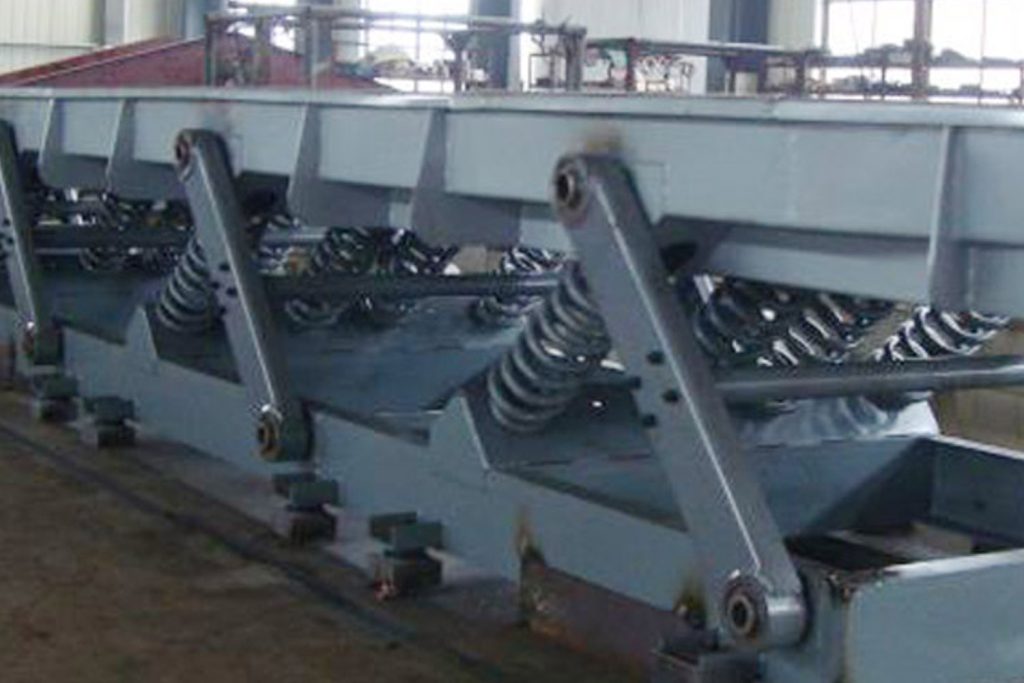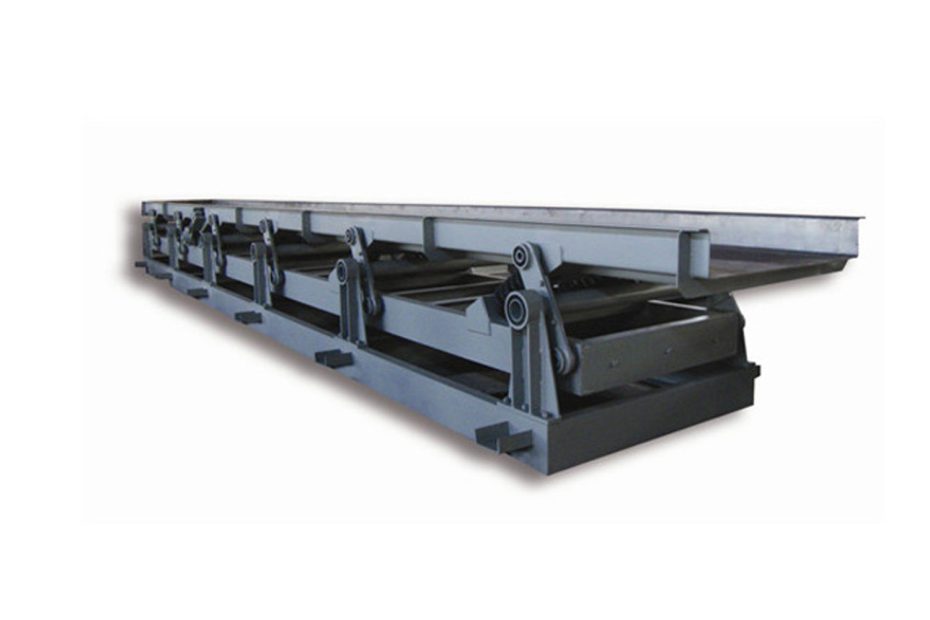A vibrating conveyor is a kind of mechanical equipment commonly used for conveying materials, which mainly uses vibration to convey granular and powdery materials. The vibrating conveyor has a simple structure, stable operation, energy saving, and environmental protection, and is often used in vibrating feeding, vibrating screening, vibrating conveying, and other occasions.
Vibrating conveyors are devices that use vibrational force to transport materials. They convey materials along a trough or pipeline by mechanical vibrations generated by a vibration generator. Vibrating conveyors are typically used to transport bulk materials from one point to another and can be used for horizontal conveying, inclined conveying, or vertical lifting.
Two key points to choosing the right vibrating conveyor
There is a wide range of conveying equipment to choose from, and it is important to understand the available types of conveyor equipment and compare their advantages and disadvantages.
The selection of a suitable Conveyor Vibration System plays an important role in improving production efficiency, reducing costs, and improving product quality. The following introduces the correct selection method for the vibrating conveyor from the aspects of selection steps, selection criteria.
Selection steps
- Determine the properties of the conveyed materials: first, it is necessary to confirm the physical and chemical properties of the conveyed materials, such as density, viscosity, humidity, particle size, and other factors.
- Determining the process requirements of conveying materials: According to the requirements of the production process for materials, determine the production process and processing process requirements of the conveying materials.
- Select the appropriate type of vibrating conveyor: According to the different characteristics of the conveyed materials, select the appropriate model and type of vibrating conveyor.
- Calculate the conveying volume and conveying distance: According to the actual production demand, calculate the amount of material to be conveyed and conveying distance, so as to select the appropriate vibrating conveyor model.
- Consider the production layout and floor area: At the same time, it is also necessary to consider the production layout and floor area of the vibrating conveyor to determine the feasibility of the selection plan.

Selection Notes
- The selection process of the vibrating conveyor needs to fully investigate the characteristics of the material, including the composition of the material, physical properties (such as particle size, density, humidity, etc.), chemical properties (such as flammable, explosive, etc.) and fluidity, etc., these factors have an important influence on the selection and operation of the vibrating conveyor.
- It is necessary to consider the material conveying distance and conveying volume. If the conveying distance is too long or the conveying quantity is too large, a vibrating conveyor of the corresponding model and specification should be selected; at the same time, friction and material flow during the conveying process should also be considered These factors are closely related to the selection of vibrating conveyors.
- When choosing a vibrating conveyor, the fluidity and flow state of the material should also be considered. For example, when the fluidity of the material is poor or tends to accumulate, it is necessary to choose a vibrating conveyor with a larger slope or a higher vibration frequency.
- In addition to the basic points of the above selection, it is also necessary to consider the relevant parameters and equipment information in the entire production process in order to better select the vibrating conveyor and meet the production needs of customers.
Conclusion
Vibrating conveyor is an important piece of equipment widely used in the production process. Its selection needs to be evaluated and compared based on various factors such as material characteristics, manufacturing process requirements, and operating environment. On this basis, select the appropriate model and model parameters. , in order to achieve the ideal production efficiency and quality requirements.
